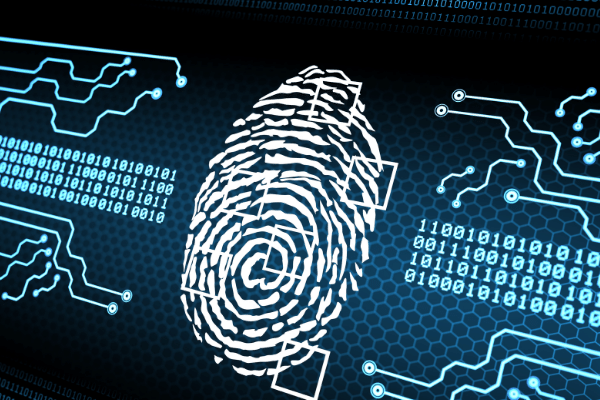Blockchain forensics is the study of investigating criminal activities on the blockchain. It involves the use of analytical tools and techniques to trace, analyze, and identify illicit transactions, suspicious behaviors, and individuals involved in criminal activities. Blockchain forensics is becoming an essential field, especially as cryptocurrencies and other digital assets become increasingly popular.
Blockchain technology has transformed the way we handle digital transactions and data sharing. It has given rise to a decentralized, transparent, and immutable ledger that allows individuals and businesses to exchange value and information without the need for intermediaries. However, with the rise of blockchain technology, new challenges have emerged, particularly in the realm of forensic investigations.
Understanding Blockchain Forensics
Blockchain forensics is a multidisciplinary field that involves computer science, data analytics, finance, and law enforcement. The primary objective of blockchain forensics is to investigate and analyze blockchain data to uncover evidence related to criminal activities such as fraud, money laundering, terrorist financing, and cybercrime.
The blockchain is a distributed ledger that records transactions in blocks, which are then added to a chain of blocks (hence the name blockchain). Each block contains a set of transactions, a timestamp, and a unique cryptographic hash that links it to the previous block in the chain. This structure ensures the integrity and immutability of the data recorded on the blockchain, making it an ideal platform for recording financial transactions, digital assets, and other forms of data.
However, the very features that make the blockchain secure and transparent also make it vulnerable to criminal activities. Criminals can use cryptocurrencies and other digital assets to launder money, finance illegal activities, and evade detection.
Blockchain Forensic Techniques
Blockchain forensics involves a range of techniques and tools that help investigators trace and analyze transactions on the blockchain. These techniques include:
- Transaction Analysis: Blockchain forensics investigators analyze transactions to identify patterns and anomalies that may indicate criminal activity. They use analytical tools to trace transactions and identify individuals or entities involved in illicit activities.
- Address Clustering: Investigators use address clustering techniques to group together addresses that are believed to belong to the same entity. This helps to identify the movement of funds between different addresses and detect suspicious behavior.
- Blockchain Explorer: Blockchain explorers are tools that allow investigators to search and analyze the blockchain. They provide information on transactions, addresses, and blocks, making it easier to trace and analyze data on the blockchain.
- Taint Analysis: Taint analysis is a technique used to trace the flow of funds on the blockchain. Investigators use taint analysis to track the movement of funds from known illicit sources to legitimate sources.
- Wallet Identification: Investigators use wallet identification techniques to link wallet addresses to individuals or entities. This helps to identify the movement of funds between wallets and detect suspicious behavior.
Challenges in Blockchain Forensics
Blockchain forensics is not without its challenges. One of the most significant challenges is the lack of standardization in blockchain data. Each blockchain has its own data format, making it challenging to analyze and compare data across different blockchains.
The anonymity of blockchain transactions poses another challenge. Although blockchain transactions are transparent, individuals involved often conceal their identities, and criminals can use multiple addresses and wallets to hide their identities and avoid detection.
Conclusion
Blockchain technology is transforming the way we handle digital transactions and data sharing. However, it has also given rise to new challenges, particularly in the realm of forensic investigations.



